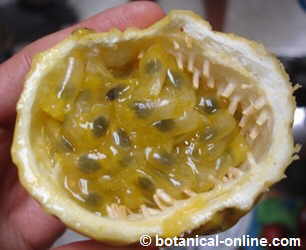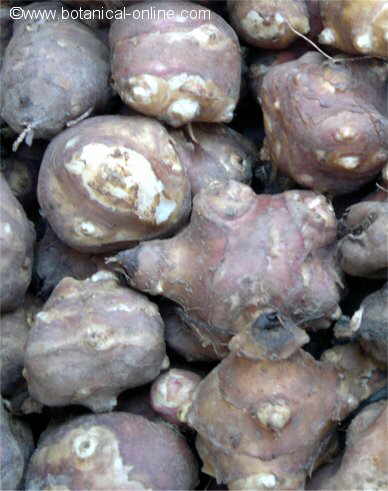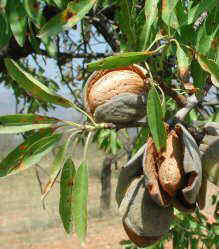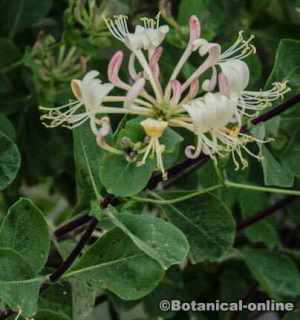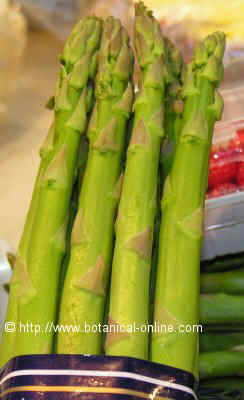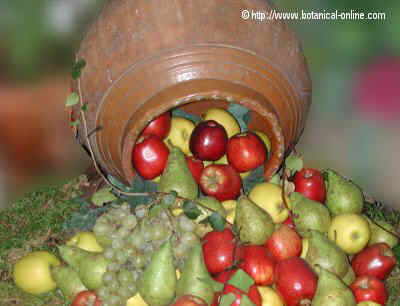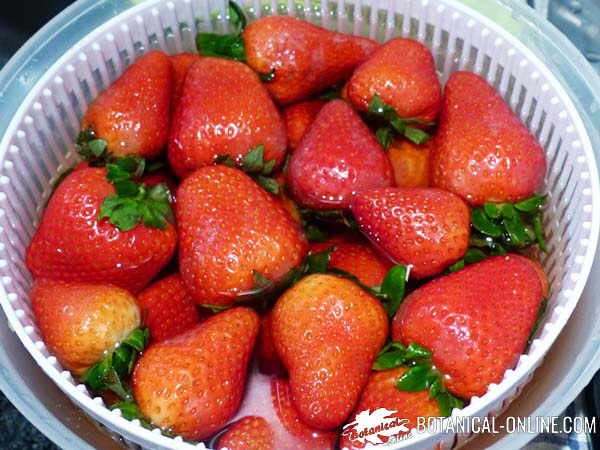Curative properties of chicory (Cichorium intybus L)
Characteristics of chicory
Common noun: Chicory, Radicchio, Succory, Witloof
Scientific noun: Cichorium intybus L.
Family: Daisy family (Compositae)
Habitat: By the side of paths, roadsides and dry lands.
Botanical description of chicory
Perennial plant of the Daisy family – compositae – up to 1 m. Erect stems, glabrous o bristly, very irregularly branched. Basal leaves in rosette, toothed; upper ones very small, with smaller teeth. Flowers till 4 cm., blue.
Picking-up and storing chicory
Its leaves will be picked up in summer. They should be dried in the shade and stored in a dry and somber place inside sacks or glass containers. Its roots can be picked up in spring or summer. They will dried in the sun and stored under similar conditions as leaves.
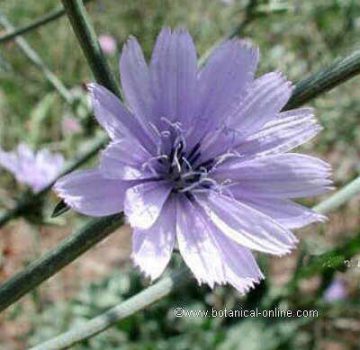
Components of Chicory
- Acids: ascorbic, chicoric, clorogenic, isoclorogenic, linoleic, alpha-linoleic, stearic, myristic, palmitic
- Inulin (leaves)
- Cichoriin (flowers)
- Lactucin (root)
- Lactucopricin (root)
- Amino-acids: Threonine, Arginine, tryptophan, lysine, valine, (leaves)
- Fiber (plant)
- Minerals: Potassium, phosphorus, calcium, iron, magnesium (leaves)
MEDICINAL PROPERTIES OF CHICORY
– Digestive tract diseases: For its content in inulin, lactucin and lactucopricin, Chicory constitutes one of the main bitter-tonic members inside the group of medicinal plants, therefore it influences in most of the organs of the digestive tract by means of stimulating them.
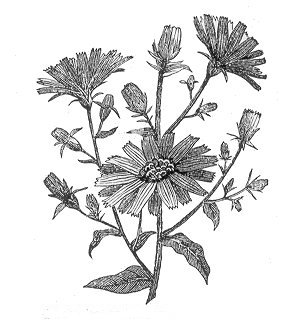
In this sense it acts positively in the following ones:
– Stomach: The chicory is a very appropriate stomachic tonic that stimulates the production of gastric juices in the stomach, reason why it favors digestion, prevents gastritis, diminishes symptoms of hiatal hernia and increases appetite (Decoction of 30 gr. of dry smashed roots by liter of water. A small cup before eating)
This same previous preparation can be good to improve upset stomachs if, before going to sleep, a little cup of this decoction is drunk, what will propitiate a better sleep by eliminating the unpleasant stomach symptoms.
– Liver and gall bladder: Chicory possesses hepatoprotective properties, so it helps our liver not not be sick, improving the cases of hepatic insufficiency or jaundice (Maceration during a couple of weeks of 35 gr. of dry smashed roots in a liter of sherry. A daily glass distributed in several spoonfuls a day)
Besides, being choleretic and cholagogue, it stimulates the production of bile and empties the gall bladder, being very appropriate in cases of biliary insufficiency (Decoction of 30 gr. of dry smashed roots by liter of water. A small cup before having breakfast)
– Bowels: It is a soft laxative very suitable to avoid constipation (Infusion of 20 gr. of dry roots during 10 minutes. Take a cup after meals. Cook the fresh leaves with other vegetables and eat them gratinated in the oven with cheese)
– Circulatory system diseases: It favors blood-circulation by making blood more fluid and allowing it a better travel through the veins and arteries. So it is a good remedy for hypertension, cholesterol or angina pectoris.
At the same time it helps us to eliminate possible fat concentrations and toxins from the vessels. Also, by the action of inulin, it reduces blood pressure, being very suitable to hypertensive people (Decoction during 12 minutes of 50 gr. of dry root for liter of water.) (Take half a glass of plant juice in several intakes a day. It can be obtained from specialized stores or pharmacies)
Studies conducted on animals have shown that this plant can lower heart rate, so it might be interesting to use in people with tachycardias. (Infusion of a spoonful of shredded chicory root per cup of water. Take two cups per day)
– Male genital apparatus: The decoction of 40 gr. of dry bark during 12 minutes in a liter of water can be used to reduce the swelling in testicles. (Three cups a day)
– Metabolism: The decoction of bark, mainly for the action of chicoric acid, has a diuretic effect, that is to say it favors the elimination of corporal liquids by means of the stimulation of renal function.
It would be very appropriate to help to solve problems of water retention, obesity, diabetes or rheumatic illnesses, as arthritis or gout. (Decoction of 30 gr. of dry smashed roots in a liter of water. Drink a couple of cups a day)
– Anemia: (Infusion of a spoonful of dried plant per cup of water. A couple of cups a day)
– Anorexia: Chicory is a very appropriate stomach tonic that stimulates the production of gastric juices so that it helps with digestion and appetite (Decoction of 30 gr. crushed dried root per liter of water. A small cup before eat)
External use preparations with chicory leaves and roots
– Skin diseases: Used externally we take advantage of its astringent and vulnerary properties to eliminate the imperfections of the skin that are manifested in form of pimples, eczema, acne, skin spots, etc. and to cure the ulcerations (Poultice of fresh leaves on the affected area)
The same properties can be used externally to treat varicose veins (Cataplasm with the maceration of 100 gr. of dry root in boiling water)
Edible properties of chicory
Edible plant: The basal leaves and the stems of the chicory, when they are very tender, are eatable when eaten cooked or in salad. This way we can take advantage of all its depurative and hepatic properties and, at the same time, we enjoy in our meals of a special flavor.
They have a quite bitter taste so that, if you prefer, they can be boiled with several waters to remove bitterness. The root, dry and toasted,can be used as a substitute of the coffee.
Very important!! Its flower should not be ingested with the pollen to avoid allergic reactions
Very related with this plant it is the endive coming from the species wild endive of Brussels (Cichorium endivia) that it is cultivated as a potherb because of its white, crispy and lightly bitter leaves.
Toxicity of chicory
This plant should not be used by those people who present tendency to produce kidney stones, since the root is rich in oxalates. In the same way, people who have low blood pressure or with tendency to suffer anemias should refrain from eating it. It mustn’t be used with gastroduodenal ulcers.
The contact with the latex can produce adverse reactions in the skin.
Animals being fed with big quantities of leaves can be equally intoxicated with oxalates.
![]() More information about chicory.
More information about chicory.

